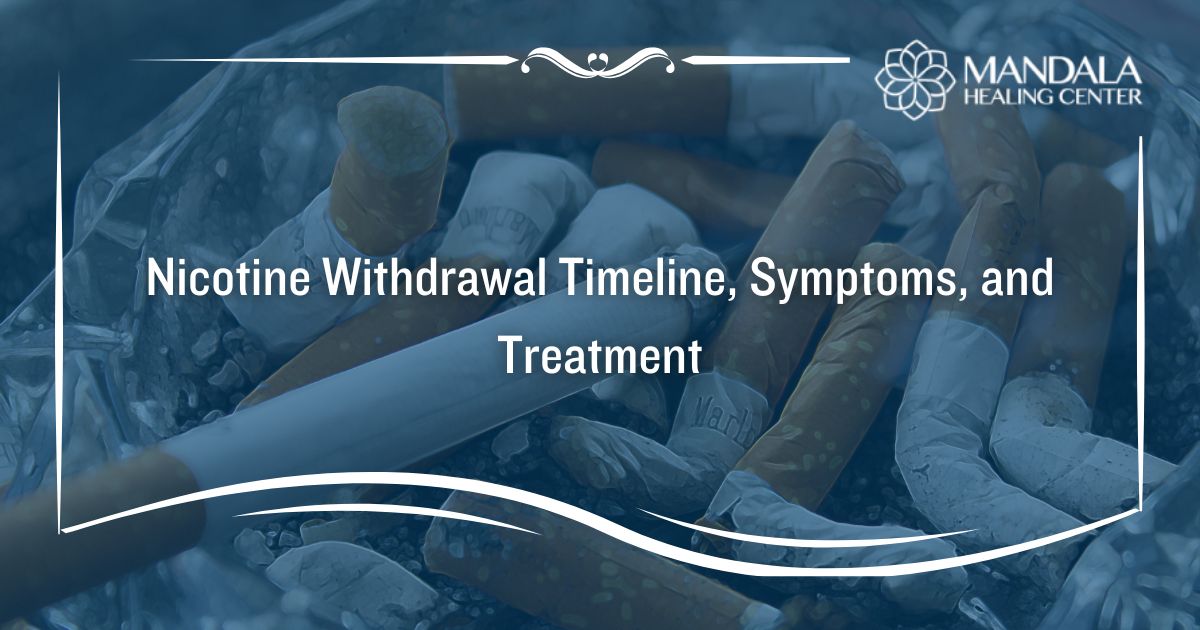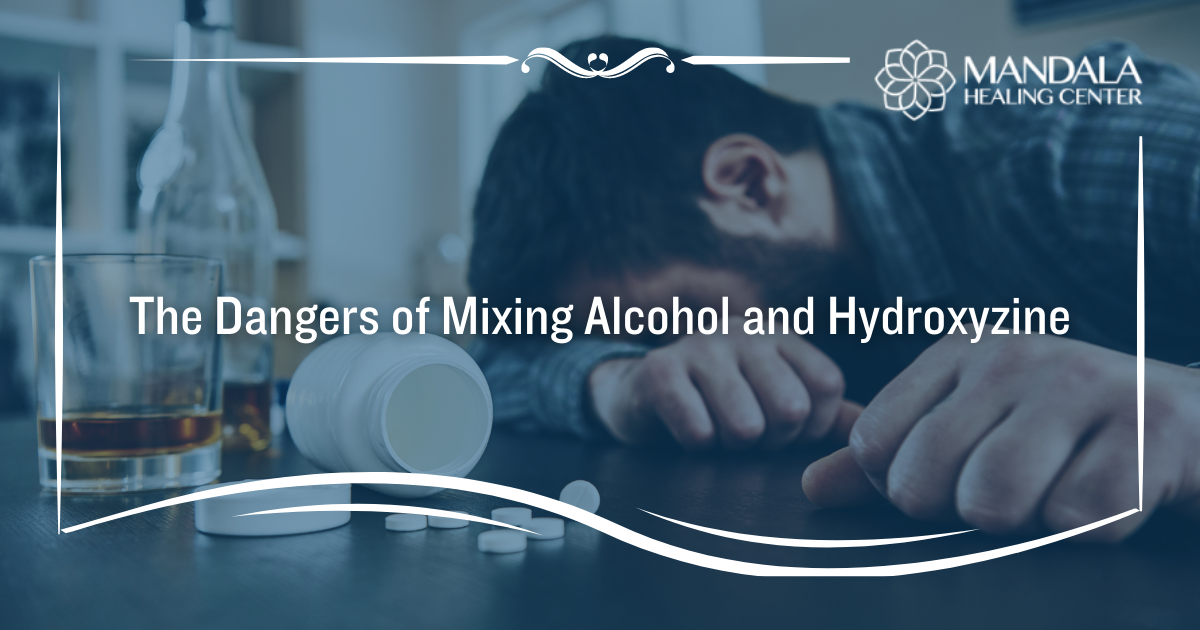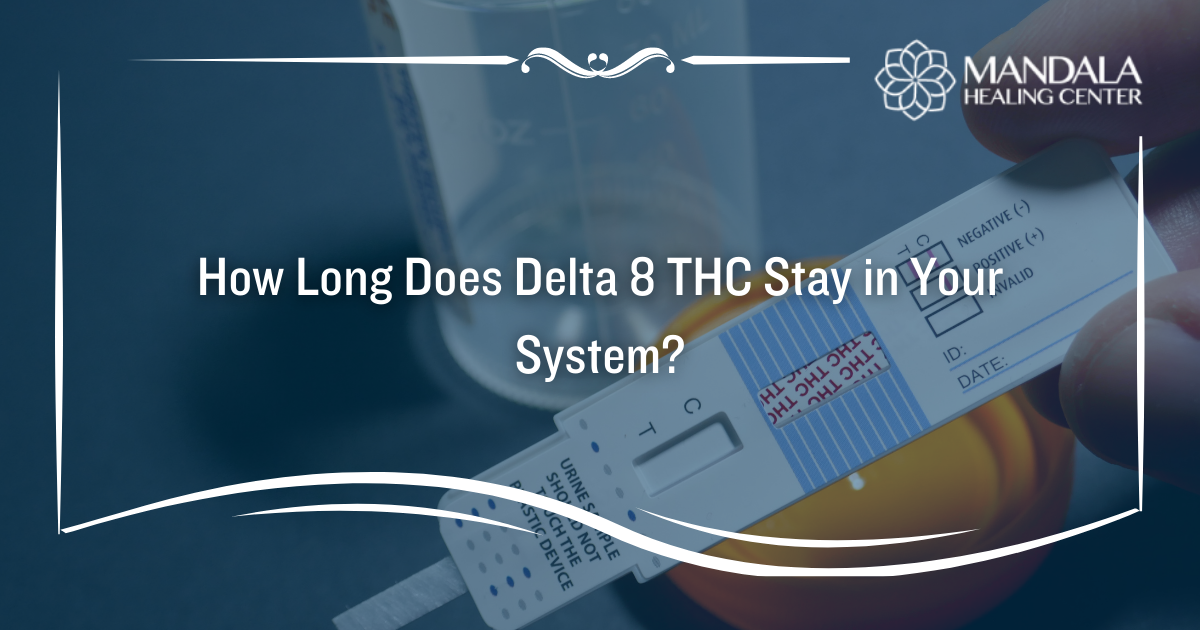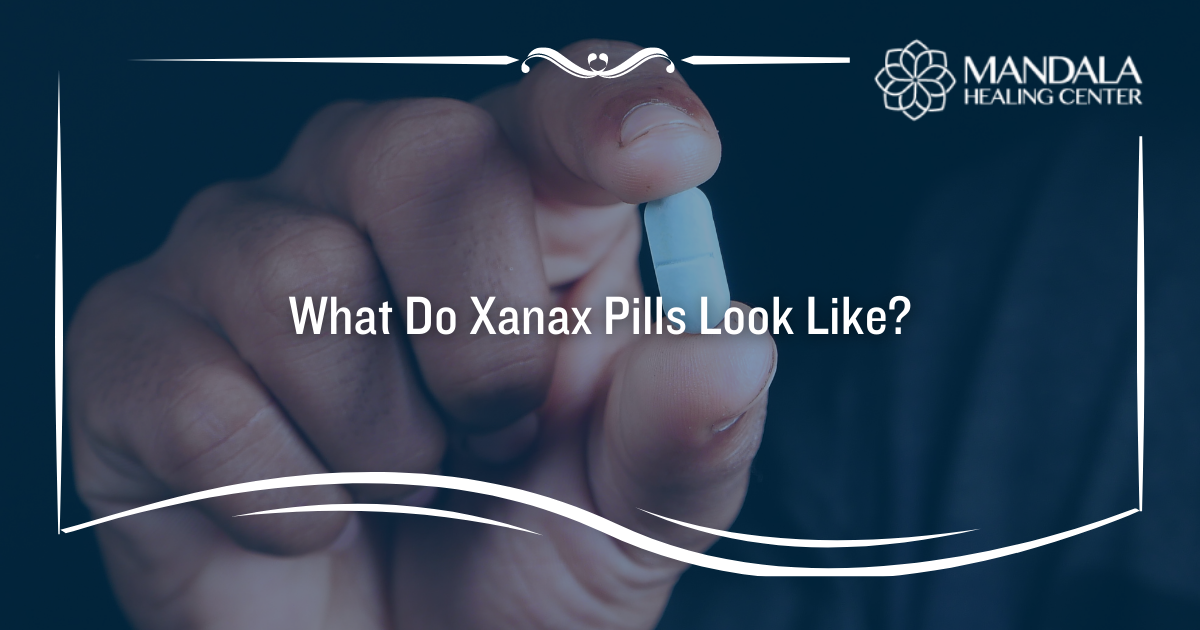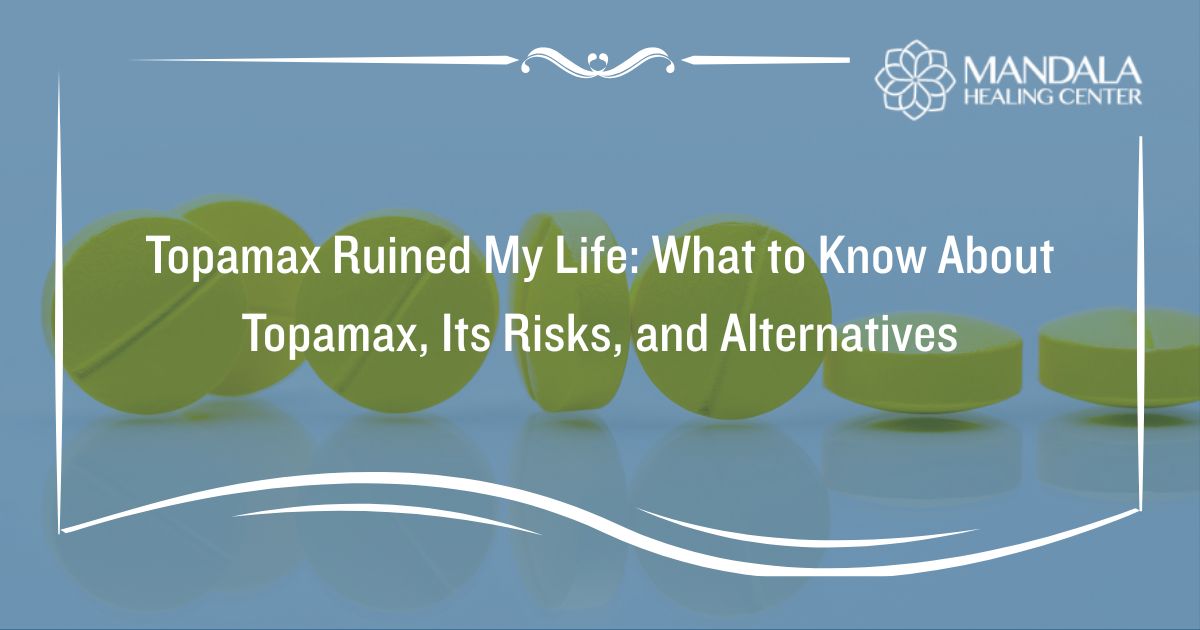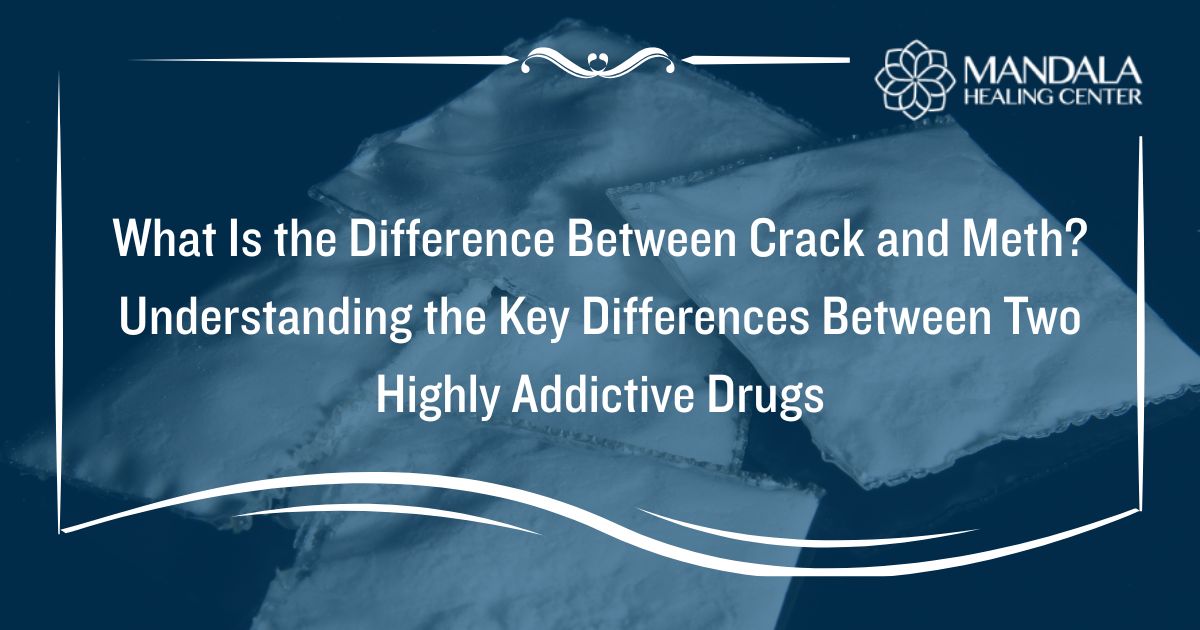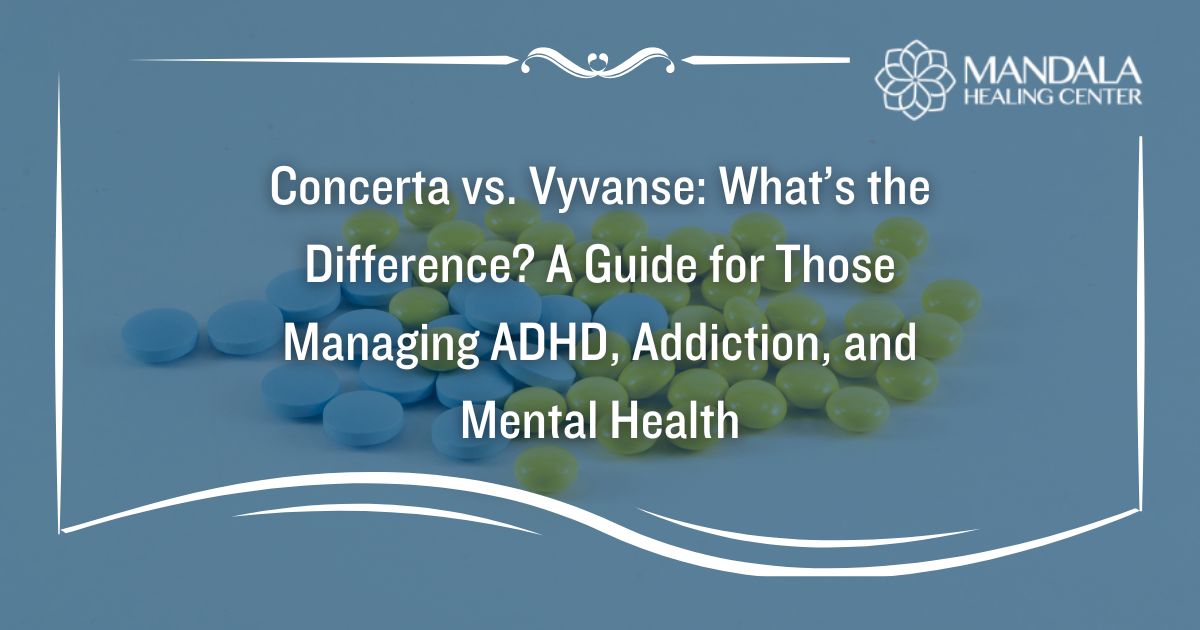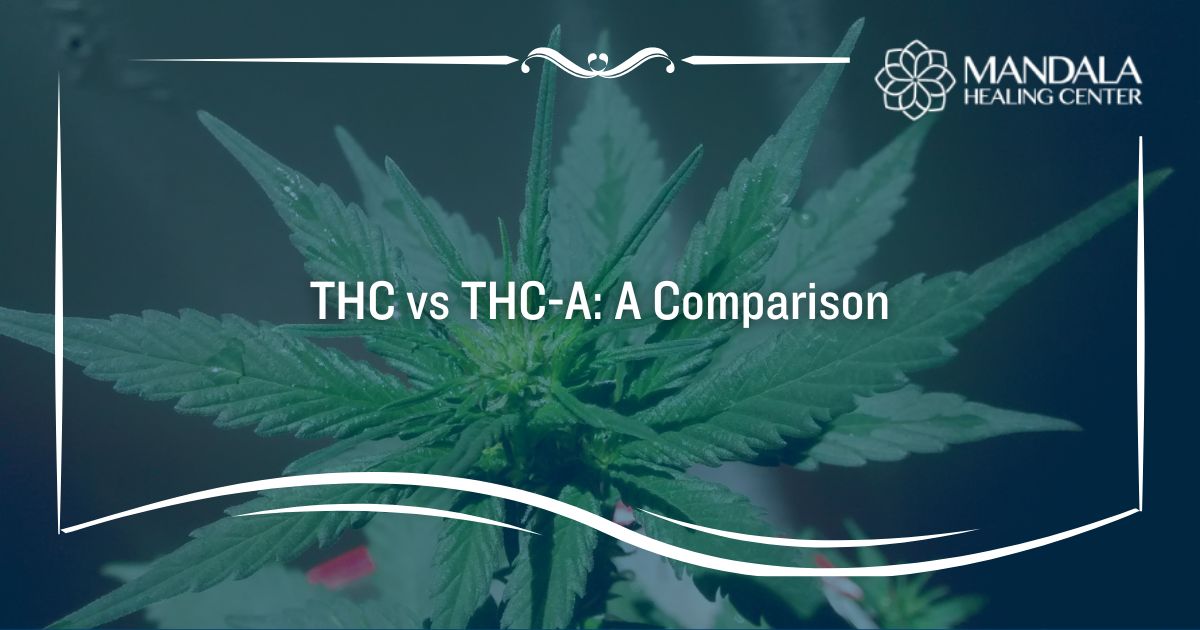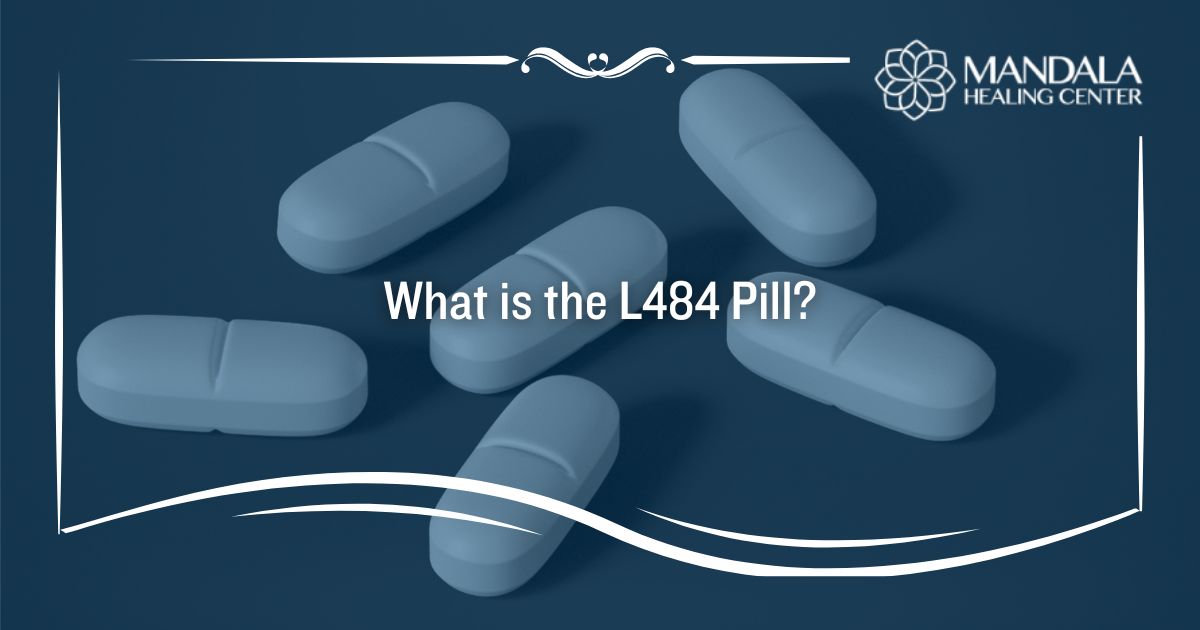Nicotine is the active ingredient in tobacco products that causes you to develop an addiction. According to the World Health Organization (WHO), “Tobacco kills more than 8 million people each year, including an estimated 1.3 million non-smokers who are exposed to second-hand smoke.”[1]
While most people don’t even view nicotine as a drug, it is an incredibly insidious substance that claims the lives of millions of people each year. One of the main reasons that it is so difficult to quit nicotine is the withdrawal symptoms it causes. When you stop using nicotine, it causes a wide range of physical and psychological symptoms that make you light up again.
Some of the symptoms of nicotine withdrawal include cravings, irritability, insomnia, headaches, nausea, and more. It can begin as early as four hours after your last cigarette and last for up to three weeks. Peak symptoms usually occur within three days, which means if you can last that long, you’ve overcome the worst part of it.
In this article, you will learn:
- What causes nicotine withdrawal?
- What are the symptoms of nicotine withdrawal?
- What is the nicotine withdrawal timeline?
What Causes Nicotine Withdrawal Symptoms?
Nicotine is found in cigarettes, cigars, smokeless tobacco (dip or chew), hookah, and e-cigarettes or vapes. When you regularly consume tobacco products, you are developing a nicotine addiction. This causes your brain and body to think it needs nicotine to function properly.
Once you try to stop using nicotine, you will experience withdrawal symptoms. This occurs because you have removed the chemical from your system after your brain has become accustomed to it.
Factors that can influence the severity and length of nicotine withdrawal include:
- How long you have been using nicotine
- How frequently do you consume nicotine
- The amount of nicotine you consume with each use
- Your age, genetics, overall health, and metabolism
If you are trying to stop smoking, there are some tools you can use. For example, there are nicotine replacement therapy (NRT) options like nicotine gum, patches, and lozenges. You can use these to slowly taper yourself off of nicotine until you no longer need it.
Additionally, you can engage in coping mechanisms like physical activity, deep breathing, healthy eating, and a regular sleep schedule to lessen the severity of your symptoms. Managing nicotine withdrawal can be hard, so you might want to reach out to a professional for support.
What are the Symptoms of Nicotine Withdrawal?
Nicotine withdrawal is not life-threatening, but it can be difficult to cope with. Understanding the symptoms you will experience can help prepare you to overcome them.
Common nicotine withdrawal symptoms include:[2]
- Cravings or urges to use nicotine
- Irritability, frustration, or anger
- Feelings of sadness or depression
- Anxiety or jumpiness
- Difficulty concentrating
- Trouble sleeping
- Increased appetite and weight gain
- Headaches
- Nausea
- Dizziness
- Shaking
- Cough and sore throat
- Dry mouth
Sometimes nicotine withdrawal can make you feel like you are sick. You might experience nausea, vomiting, sore throat, and coughing. This is just your body expelling the nicotine from your system.
Typically, the worst parts of nicotine withdrawal are the cravings. Whenever you feel the need to use nicotine, engage in physical activity or another healthy coping mechanism instead.
How Long Does Nicotine Withdrawal Last?
The timing and intensity of nicotine withdrawal varies from person to person. That said, most people experience a similar timeline. Knowing how long nicotine withdrawal lasts can help you mentally prepare yourself before quitting.
4 to 24 Hours
The first symptoms of withdrawal can begin as early as 4 hours after your last dose of nicotine. However, some people might not notice them for up to 24 hours. It all depends on how often you consume nicotine before you quit.
The initial symptoms of nicotine withdrawal tend to be mild. During this period, your worst and most intense symptoms will be cravings. As a result, you must reduce your cravings using healthy coping mechanisms like exercise and stress reduction techniques.
2 to 3 Days
Two to three days after your last dose of nicotine, your symptoms will peak. In other words, they will be at their most intense. You might experience strong cravings to abuse tobacco products, headaches, nausea, and feel like you are coming down with a cold.
If you are having a hard time coping with your symptoms, you might want to try NRT. You could use a nicotine patch, lozenge, or gum. You must remember that these methods should never be used long-term, as they are intended to help you stop using nicotine altogether.
3 to 4 Weeks
Within three to four weeks, all of your symptoms should subside. They will start to lessen in severity after five days to one week. By the second or third week, you might only experience cravings when you are triggered, like when you smell someone else smoking a cigarette or vaping.
Once you hit the third or fourth week, you have overcome nicotine withdrawal. Now you only need to keep up the good work and avoid returning to nicotine use during times of stress.
Find Help for Drug and Alcohol Abuse
If you or a loved one abuses prescription medications or addictive substances, it is time to seek professional help. While addiction can be difficult to overcome, the good news is that a drug rehab center can help you succeed. These programs offer a combination of medical detox, evidence-based therapies, and relapse prevention planning.
At the Mandala Healing Center, we can help you overcome alcohol or drug abuse and gain the skills you need to achieve long-term recovery. Contact us today for more information on how to get started.
References:
- The World Health Organization (WHO): Tobacco
- Springer Nature Link: Nicotine Withdrawal
- Frontiers in Psychiatry: The experience of tobacco withdrawal symptoms among current smokers and ex-smokers in the general population: Findings from nationwide China Health Literacy Survey during 2018-19


